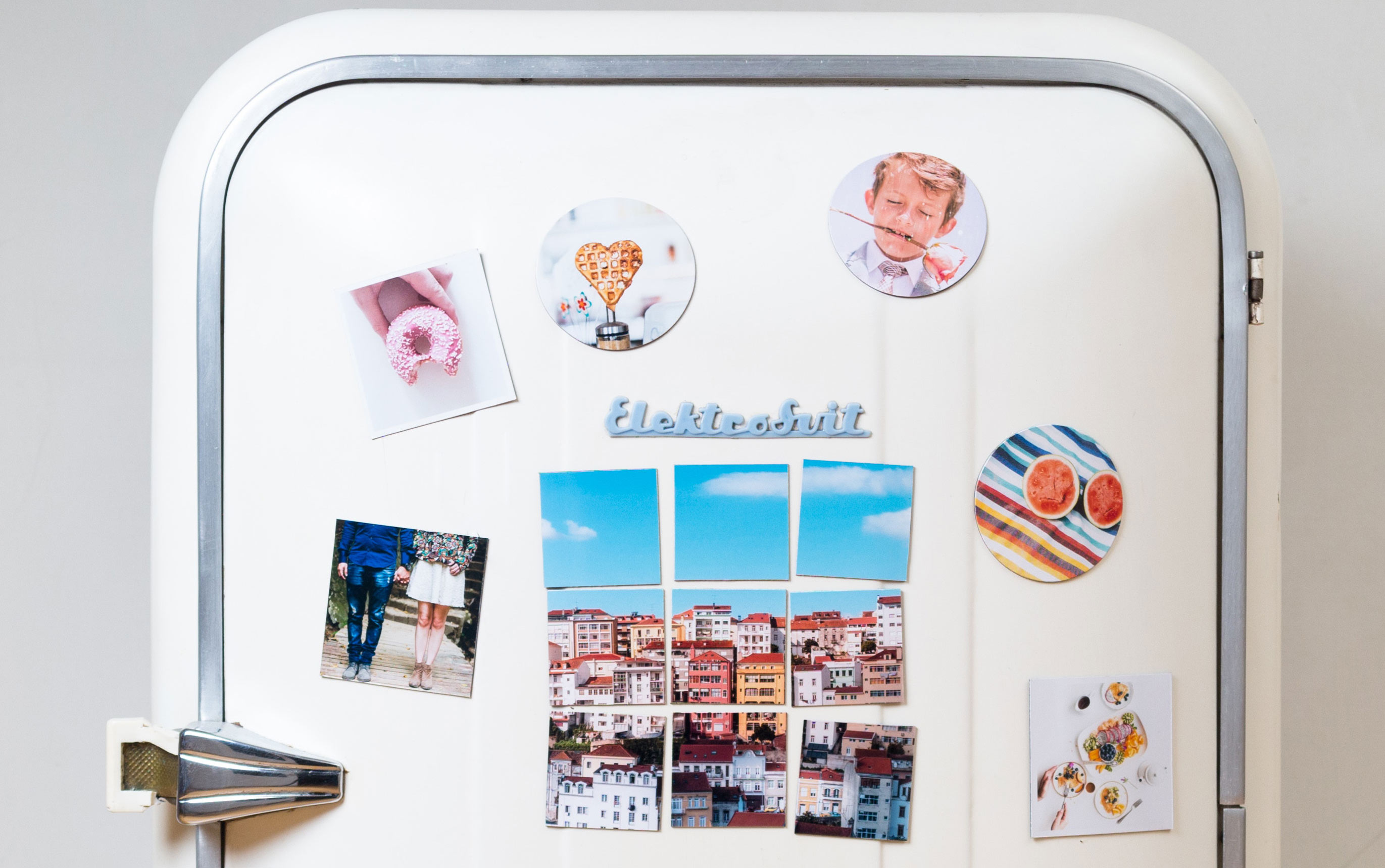
When analyzing home electricity use, refrigerators use up so much energy that they are the only appliance singled out, joining other electricity hogs like air conditioning and heating.
Even though fridges use a lot of power, there’s great opportunity to reduce its energy consumption and save money on electricity bills. Here are six free ways to maximize your refrigerator’s efficiency.
1. Set your fridge to the right temperature.
Check to see if the temperature is in the optimal range. The U.S. Department of Energy recommends keeping the area where you store fresh food like fruits and veggies between 37°F-40°F, while setting the freezer section at 5°F if you own a fridge-freezer unit. For standalone freezers, maintain 0°F.
Don’t know the temperature in your appliance? You can buy an inexpensive refrigerator thermometer to find out. To get the most accurate temperature in the freezer, the DOE recommends putting the thermometer between frozen packages.
2. Let your hot dishes cool before putting them away
It’s helpful to be mindful of how much heat your leftovers are giving off before you put them in the fridge. Clean the rest of your kitchen to let your dinner cool off before putting the food in your icebox. Adding hot items to the cool environment will make your fridge work harder to maintain its temperature.
3. Keep your fridge full
Did you know your refrigerator is most efficient when it’s fully stocked? Kristin Swineford, former communications specialist for the U.S. Department of Energy, describes why.
“[I]t works like this: when you open the door, a stocked refrigerator will hinder the cool air from escaping and subsequently, the more items that take up space, the less air there is to have to cool.”
If you don’t have your fridge stocked with food, consider putting bottled water or pitchers of cold water (or your favorite beverage) in the appliance. For the freezer? Bags of ice will do the trick.
4. Make sure your refrigerator is properly sealed
Have a dollar bill or sheet of paper handy? There’s a fun, quick way to gauge how well the seals are doing their job on this heavy-duty appliance with these two items.
You’re going to open a door and place the piece of paper or dollar bill in the seal so that the piece is half inside the fridge and half outside. Then shut the door over the paper. Try to pull the sheet out. If it comes out smoothly, then you should look into repairing the seal. If it’s stuck, then your seal is in good shape.
5. Seal your containers, too
Make a habit of always covering your containers and wrapping your food when you put it away for later. Unsealed foods and drinks release moisture into your refrigerator, forcing your compressor to work harder to keep that low temperature. Since more work means you’re using more electricity, you want to do everything you can to accommodate your cooling appliance.
6. Set reminders for regular maintenance
As with everything in a home or apartment, there are proactive things to do to keep your refrigerator running efficiently. Those involve, defrosting your freezer and vacuuming around the fridge – and yes, even behind it.
A sign you might have forgotten to do these things? When frost builds up to more than one-quarter inch. A note: Frost buildup also creates more work for your refrigerator.
And then the condenser coils are important to clean twice a year. With clean coils, your unit can maintain the set temperature while using less energy, which saves you money.
Photo by Squared.one on Unsplash